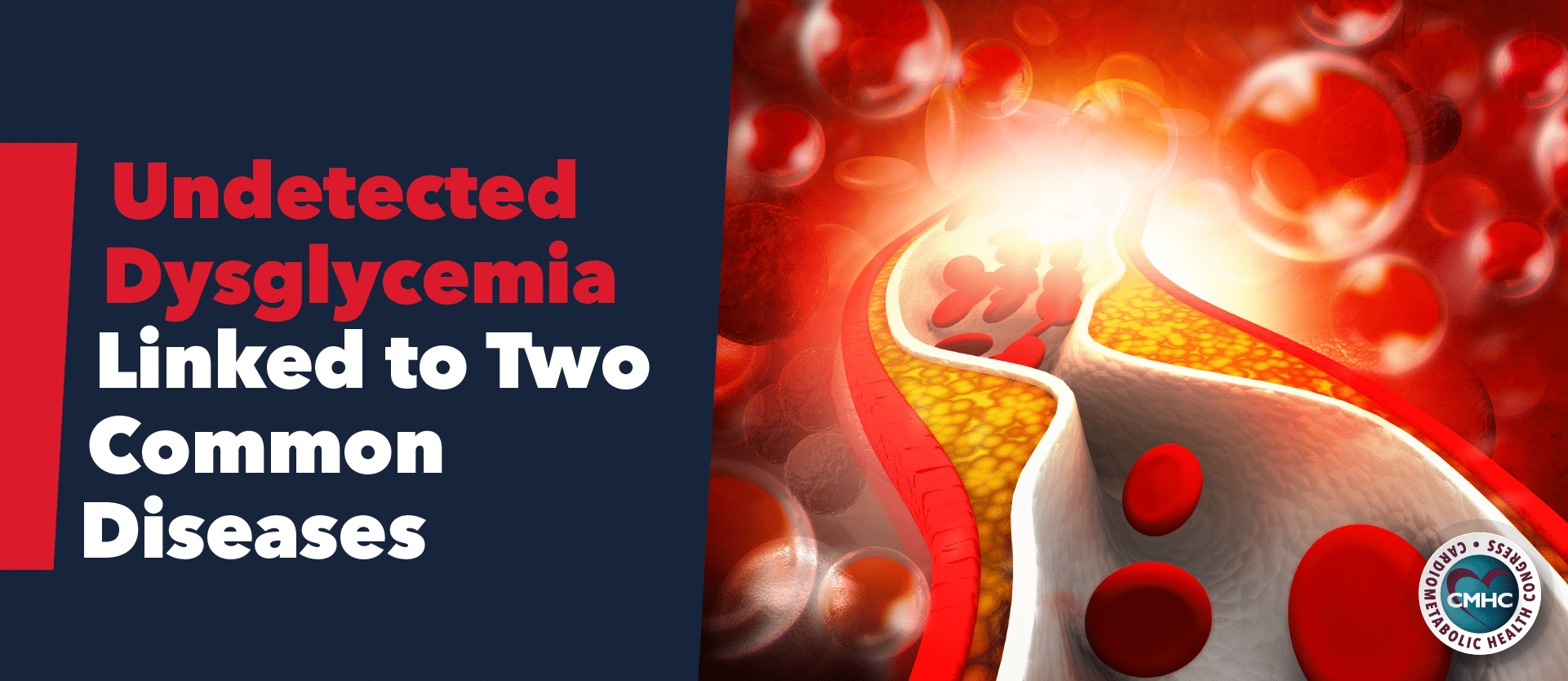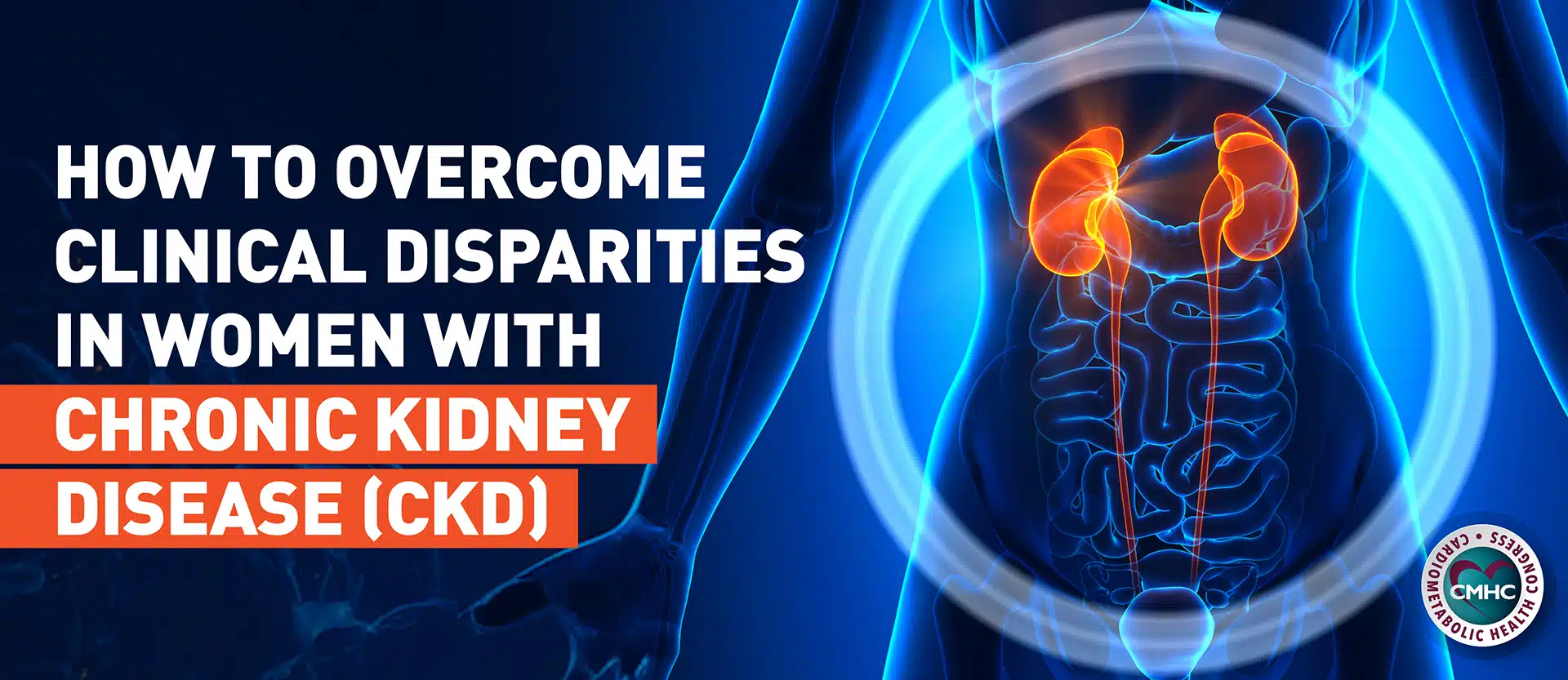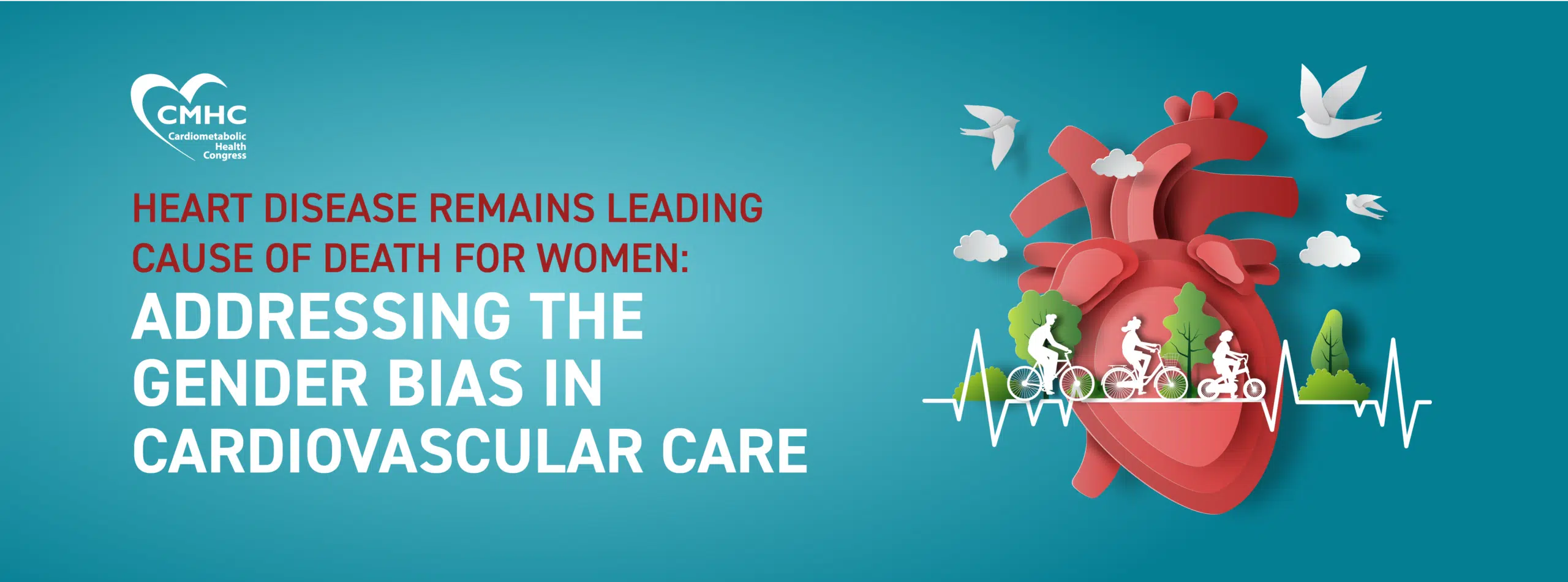A growing body of evidence elucidates the dangers of undetected dysglycemia, revealing its connection to two common diseases – myocardial infarction and periodontitis.
Little has been known about the relationship between undetected dysglycemia, myocardial infarction and periodontitis, but recent research aims to uncover the complex association. In a study published online in Diabetes Care, Swedish investigators examined the role of undetected dysglycemia as a risk factor for the two common conditions.
Periodontitis and myocardial infarction
Linked to severe tooth decay and loss, periodontitis has also been associated with an increased risk of cardiometabolic conditions, including myocardial infarction and stroke, as well as the development of Alzheimer’s disease. New research suggests that periodontal disease is commonly found in patients with undetected diabetes, and vice versa. Both PD and MI are very common, with over 3 million cases of diagnosed periodontitis in the U.S. per year, and about 3 million MI events annually. According to the American College of Cardiology, an adult in the U.S. has an episode of MI approximately every 40 seconds, and the American Dental Association reports that 42% of people over 30 years old in the U.S. have PD.
Undetected dysglycemia as a new link
Led by Anna Norhammar, MD, from the Karolinska Institutet in Stockholm, a team of researchers examined the association between the three diseases in 805 patients with a first myocardial infarction and 805 matched control participants. Patients with diagnosed diabetes were excluded, leaving 712 MI patients and 731 controls. All participants without diabetes – which comprised 91% of the cohort – were examined with an oral glucose tolerance test. Abnormal glucose tolerance or diabetes were categorized according to World Health Organization guidelines, while periodontal disease status was classified via dental X-rays as either healthy, moderate or severe. Comparisons were made after adjusting for age, sex, smoking habits, education and civil status.
Researchers found abnormal glucose tolerance in 32% of MI patients, compared with 19% of control participants. Undetected dysglycemia was correlated to both MI and severe PD more strongly in patients than in the control cohort although, not when categorized as abnormal glucose tolerance. In addition, investigators found that severe PD was more common in patients with undetected diabetes, as was undetected diabetes in patients with severe PD. Patients with MI were approximately twice as likely to have undetected dysglycemia than their control counterparts, according to the researchers. Their findings indicate a strong association between undetected dysglycemia and both MI and severe PD independently.
Key takeaway
These findings implicate the significant role of abnormal glucose levels as a risk factor for both severe PD and MI. Moreover, the combination of severe PD and undetected diabetes found to further increase the risk of MI support previously known connections between PD and diabetes, revealing that the association is also related to undetected diabetes. This underscores the need for diabetes specialists and cardiologists to more closely approach patient dental health and collaborate with dentists to improve patient outcomes.
Source:
https://diabetesjournals.org/care/article/42/8/1504/36055/Undetected-Dysglycemia-Is-an-Important-Risk-Factor


















